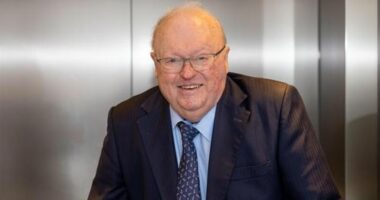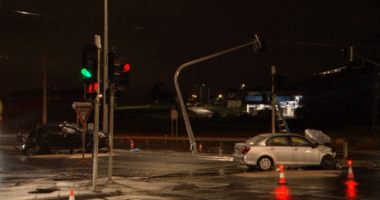Share this @internewscast.com

Prime Minister Albanese receiving a Shanghai soccer jersey during his tour of the Bund. Source: SBS News / Anna Henderson
The US itself holds its own policy of strategic ambiguity over the potential to any conflict and the role it would play.
Following the article’s release, the US under secretary for Defense, Elbridge Colby, commented on it via social media. He didn’t challenge the report’s sources, but reinforced the US policy of “peace through strength,” once again calling on allies to boost their defense budgets.
If Australia’s defence policy on Beijing’s long-held ambitions for “reunification” with Taiwan wasn’t yet a key agenda item — it will be now.

Anthony Albanese arrives in Shanghai for his second visit to China as Prime Minister. Source: SBS News / Anna Henderson
Albanese’s Defence Industry Minister was the first to be asked whether Australia would commit to joining the US if it entered a war with China over Taiwanese sovereignty.
When questioned about Colby’s emphasis on defense spending, Albanese mentioned that Australia was already on track to significantly boost its defense budget, with $57 billion allocated over the next decade.

The red carpet rolled out for Prime Minister Anthony Albanese as he arrives in Shanghai, China for a diplomatic visit focussing on tourism and defence. Source: SBS News / Anna Henderson
“We have contributed as well to AUKUS already. Going forward, $1 billion being forwarded to help increase the industrial capacity in the United States and we’ll continue to invest in whatever we need to improve our capability,” he said.
Australia’s AUKUS deal is under review in the US and defence spending is a major pressure point. So far Anthony Albanese has resisted putting an increased share of GDP figure forward to appease the White House.











